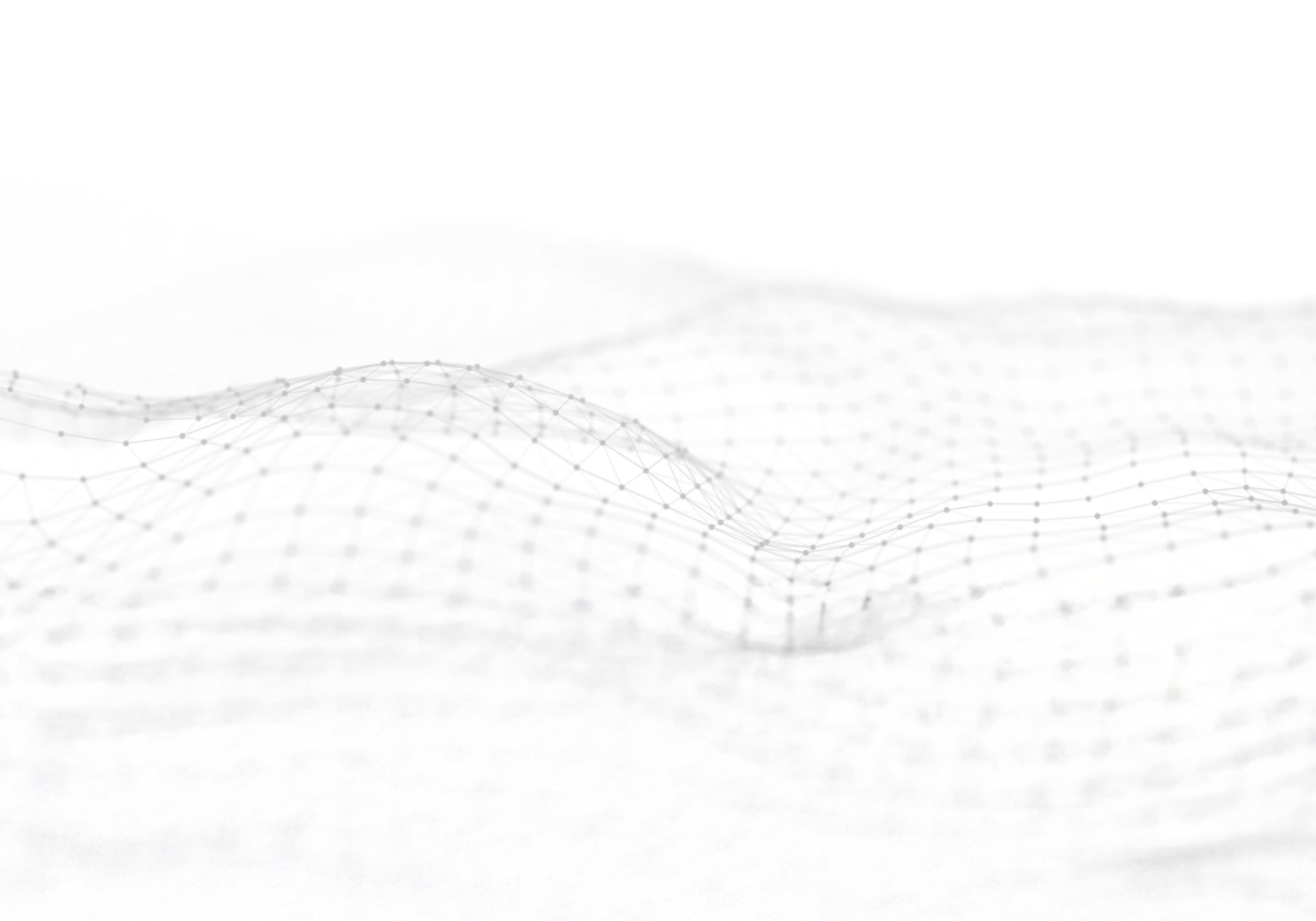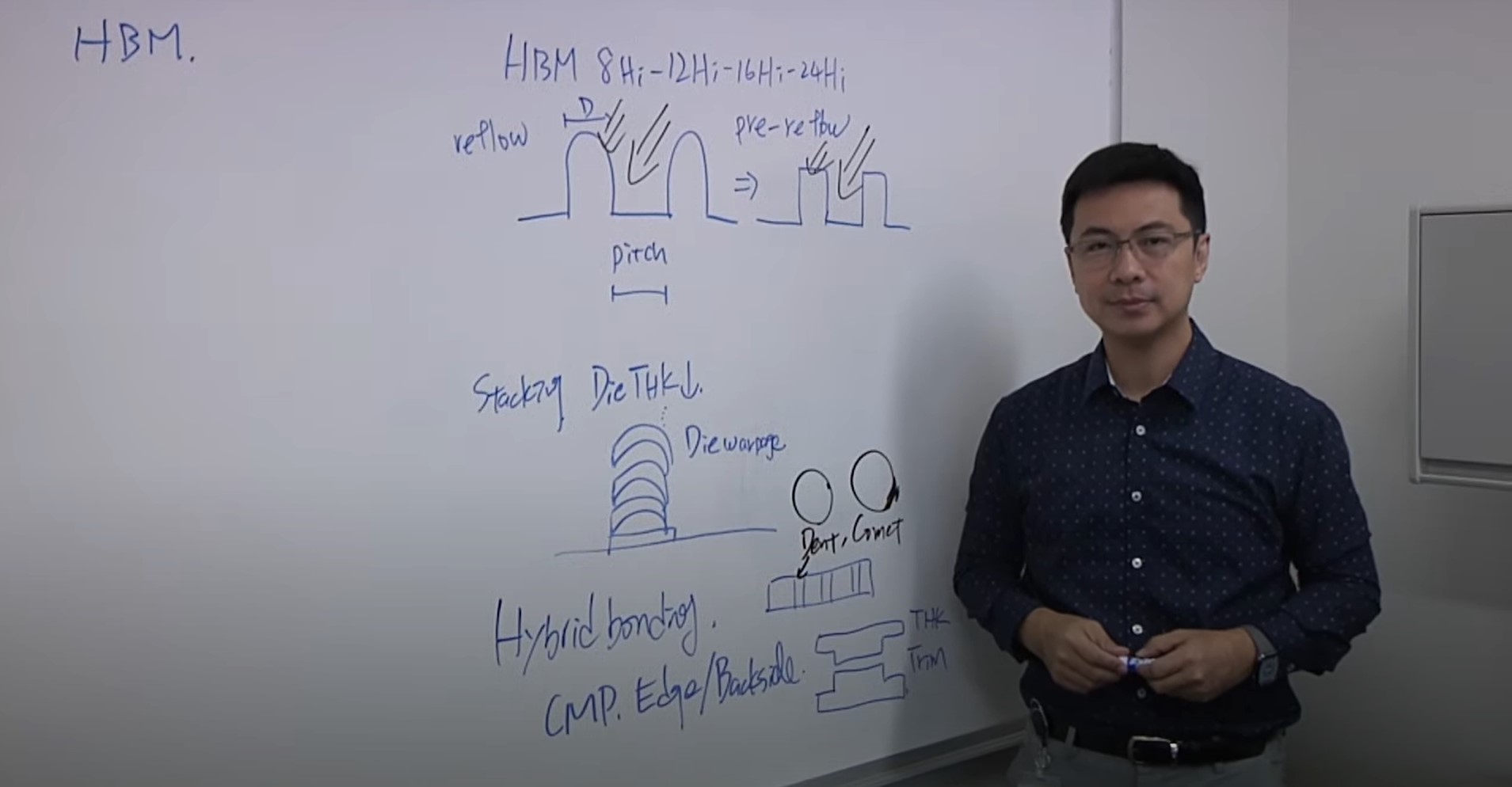Abstract
As scaling in semiconductor devices continues, the aspect ratios of deep trench isolation (DTI) structures have increased. DTI structures are used in power devices, power management ICs and image sensors as a method to isolate active devices by reducing crosstalk, parasitic capacitance, latch-up and allowing for an increase breakdown voltage of active devices. Measurement of these structures in high volume manufacturing (HVM), with non-destructive technology, has mostly been limited to the depth and top width of the DTI structure, while the bottom width (BCD) has not been able to be reliably measured. Here we present two different optical metrologies, “conventional” OCD and IRCD, that operate in the UV-VIS-NIR and MIR region of the electromagnetic spectrum, respectively, and discuss the measurability of DTI sidewall profile, bottom width, and depth in BCD (Bipolar CMOS DMOS) power management IC devices for each method at various pitches and line to space ratios. Experimental data will be presented showing sensitivity and discrimination of IRCD to a DOE specifically on the bottom width for three different structures.
Abstract
Fourier Transform Infrared spectroscopy offers inline solutions for chemical bonding, epi thickness, and trench depth measurements. Through optical modeling of the transmission or reflectance spectra, information about the electronic structure and chemical composition may be obtained, which can be used for process control and monitoring. In this article, we demonstrate the measurement capabilities of FTIR for the hydrogen bonding in cell silicon nitride and amorphous carbon hard masks (ACHM), which are used for 3D NAND fabrication. For cell silicon nitride, deconvolution of the spectra allows differentiation between individual peaks corresponding to Si-N, Si-H, N-H, Si-O, and Si-OH bonds. This differentiation identifies wafers with varying hydrogen content and distinct processes. Similarly, for ACHM, peak areas related to sp2 C-H bonds and aromatic C=C bending reveals the hydrogen skew conditions in three wafers. Notably, a linear relationship between high broadband absorption and low C-H bonds (and aromatic C=C) peak area is observed. The measurements exhibit good repeatability across ultrathin silicon nitride and thick ACHM samples. We believe the technique can be valuable for compositional process control, considering the significance of hydrogen content in cell nitride performance and endurance, as well as the influence of hydrogen content and carbon sp2/sp3 ratio on selective etch ratios in dry etch processes involving ACHM and mechanical properties of the films.
You don’t have to be a dedicated follower of the transportation industry to know it is in the early stages of a significant transition, away from the rumbling internal combustion engine to the quiet days of electric vehicles. The signs of this transition are right there on the streets in the form of electric-powered buses, bikes and cars. The road to our electric future is before us, but we won’t be getting there without compound semiconductors like SiC.
Manufacturers in the automobile and clean energy sectors want more efficient power devices that can accommodate higher voltages, possess faster switching speeds and offer lower losses than traditional silicon-based power devices, something SiC power devices with trench structures can deliver.
But while trench-based architectures offer reduced on-resistance and increase carrier mobility, they bring along increased complexity. For manufacturers of SiC power devices, the ability to accurately measure epi layer growth and the depth of implant layers in these trenches is of considerable concern, especially when faced with ever-increasing fabrication complexity.
In the previous blog in this series, we explored how using an FTIR-based system allows for the direct modeling of carrier concentrations and film thickness, thus enabling SiC power device makers to better measure epi layer growth, implant layers and composition. In this installment, we explore how manufacturers of SiC power devices with trench-based structures measure trench depth and bottom and top critical dimension (CD) by using an optical critical dimension (OCD) metrology system designed for specialty devices.
The figures alone are impressive: SiC power devices are experiencing an annual average growth rate approaching 34% through 2027, according to the Yole Group. However, the potential for this amongst other compound semiconductor-based power devices such as gallium nitride (GaN) to change the world around us is even more impressive.
Thanks to the role that SiC-based devices play in the increased electrification of automobiles and the sustainable energy movement, the effort to make this world a cleaner, greener place is no longer a wished-for science fiction fantasy. It may one day be our reality. Perhaps even soon.
Manufacturers in the automobile and clean energy sectors want power devices that are more efficient and can accommodate higher voltages, faster switching speeds and lower losses than traditional silicon-based power devices. To accomplish this, they are turning to higher efficiency silicon carbide (SiC)-based devices.
When it comes to SiC power devices, most manufacturers have adopted a trench-based architecture. This reduces on-resistance and increases carrier mobility. However, these improvements come at the expense of rising fabrication complexity.
To address this issue, high-volume manufacturers of SiC power devices are, at several key steps, adopting inline process control methods, including optical metrology techniques like Fourier transform infrared (FTIR). With a system supporting FTIR optical metrology at their disposal, manufacturers can more accurately measure epi layer growth and the depth and accuracy of implanted dopants across the wafer, key challenges posed by the increased fabrication complexity of SiC power devices. In this blog, we’ll discuss how FTIR technology can help manufacturers successfully address these challenges.
What is 4D InSpec?
A handheld, 3D surface measuring gauge. It takes a measurement in about 1-2 seconds, in-situ. It’s highly accurate, with micron-level precision. The instrument was first used for measuring defects on precision machined parts. It quickly assesses scratches, pits, nicks, corrosion and other defects, and assures the quality of features like peening, scribe marks, edge blending and rivets. Its analysis software measures and quantifies edge break, radius of curvature with high precision. It’s easily set up for pass-fail analysis. 4D InSpec improves profitability in repair and new-make manufacturing processes in the aviation, automotive, nuclear and general precision machining sectors.
Why
Consider your highest-value part. If you could reduce the number of those that are
scrapped or reworked via inaccurate inspection by 40%, how much money would that save you?
What
The 4D InSpec surface measuring gauge produces fast, numerical, objective surface
information needed to assess components. By quantifying quickly and easily, customers have reported a 20-40% increase in yield.
Who & Where
The instrument instantly reports defect statistics on precision machined
parts, and is transforming throughput in the MRO process for the aviation, automotive and nuclear energy industries. It is also used in industries as diverse as furniture, cutting tools, saw blade, and solar tile manufacturing.
Benefits
• High precision, quantified measurements increase yield by saving more parts
• Return on investment is normally days to weeks
• Records reliable, repeatable results you can share to prove your outcomes
• Reduces labor by saving on dismantling and part transportation
• Improves turnaround time by eliminating waiting, increasing throughput

You Have a Challenge? Let’s talk.
We’d love to connect with you.
Looking to learn more about our innovative solutions and capabilities? Our team of experts is ready to assist you. Reach out today and let’s starts a conversation about how we can help you achieve your goals.
Let’s Talk
"*" indicates required fields
Efforts at curbing carbon dioxide emissions are stepping up, with more electric vehicles on our roads and the installation of renewable energy sources on the rise. Alongside these advances, the makers of these green technologies are increasing the electrical efficiency of their offerings, with silicon-based power devices being ditched in favour of superior alternatives based on the likes of SiC.
Supporting this move are the superior physical properties of these compounds. Compared with silicon, semiconductors such as SiC have wider-bandgaps, a higher electron saturation velocity, a higher critical electric field and a larger thermal conductivity. Drawing on all these strengths, power transistors offer higher operating frequencies, higher power ratings, elevated operating temperatures, better cooling capability and lower energy loss – just the traits that the market wants.

